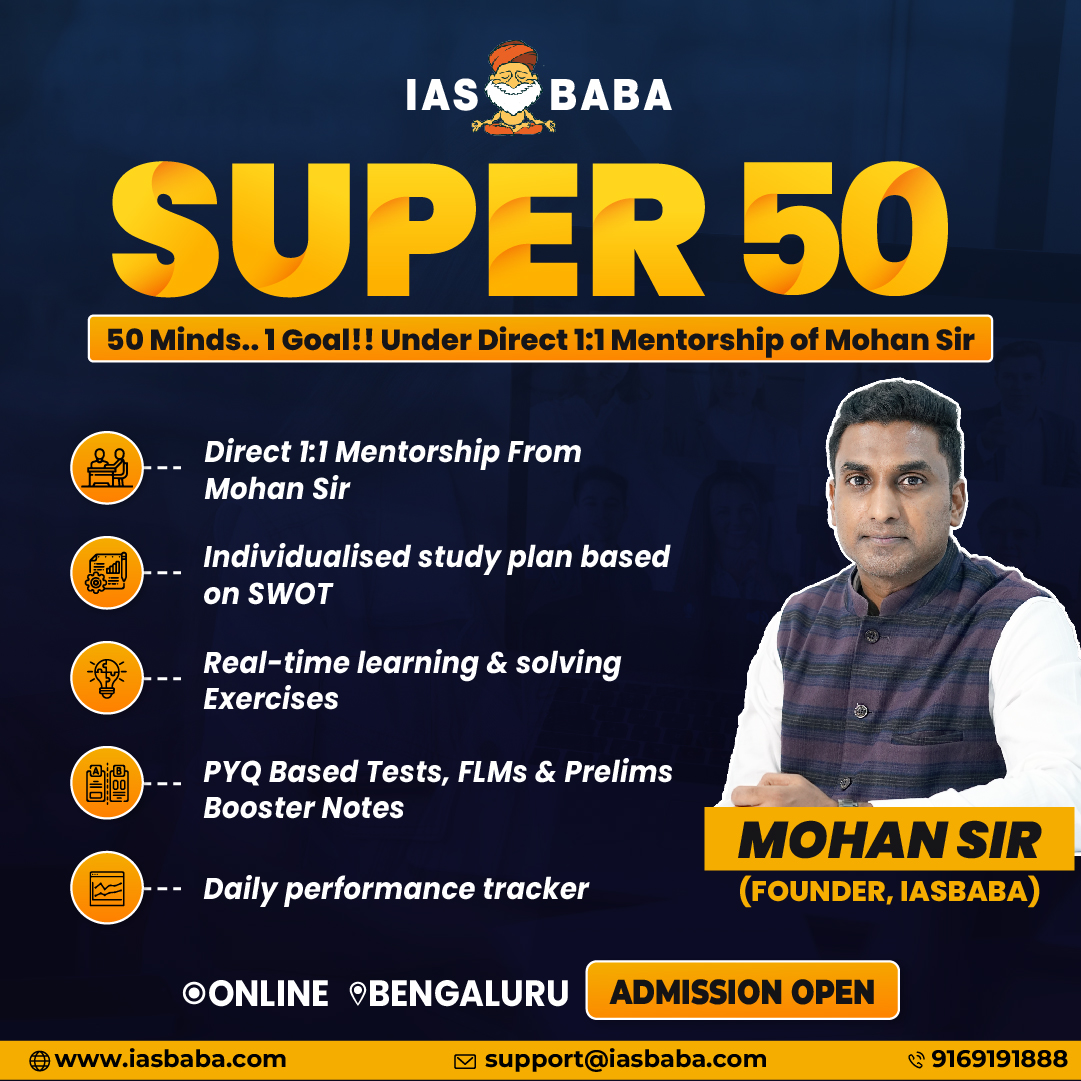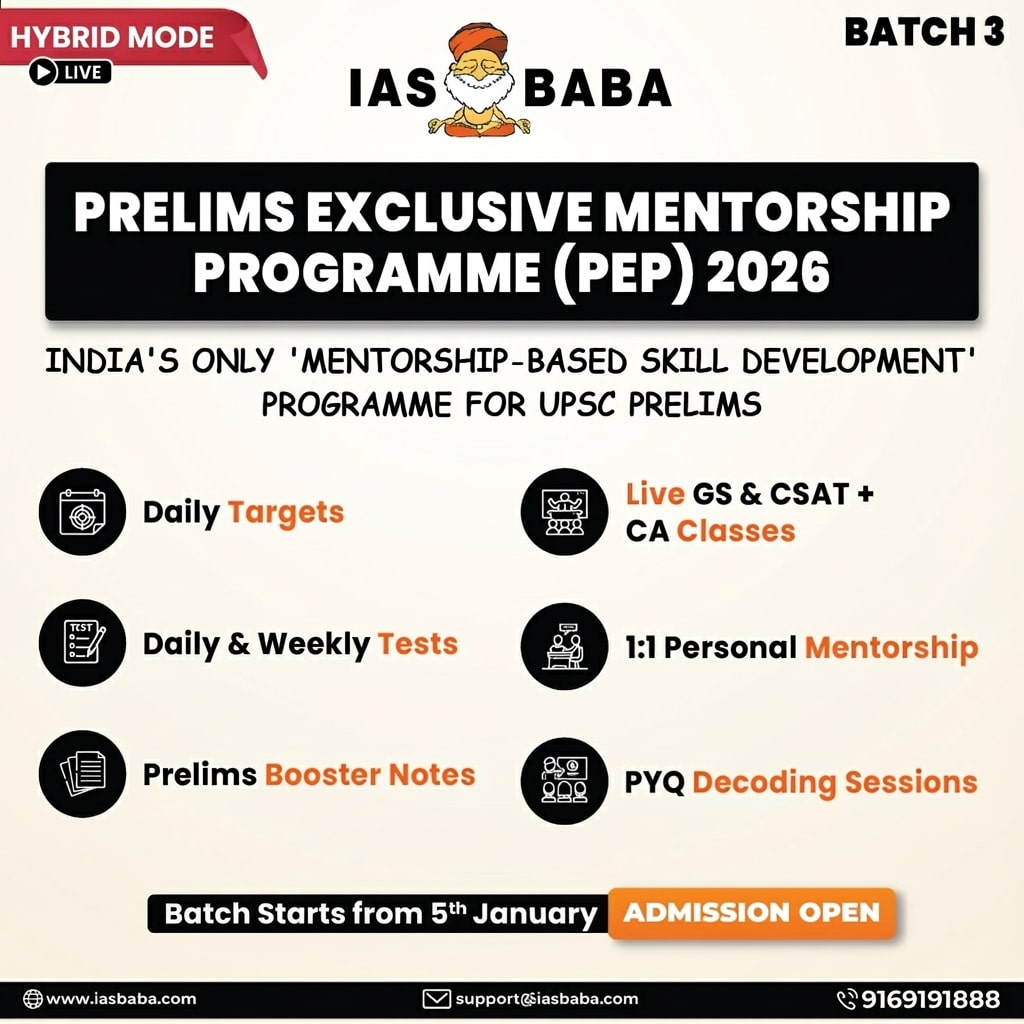Governance, TLP-UPSC Mains Answer Writing
Write any one of the following essays in 1000-1200 words. (125 marks)
Q.1. “To dare is to lose one’s footing momentarily. Not to dare is to lose oneself.”
- Objective of the Essay
This essay is a test of the student’s ability to understand abstract moral ideas—such as courage, fear, selfhood, and risk—and relate them to the real-world responsibilities of individuals, leaders, and institutions. The topic invites a reflection on ethical action, dissent, moral choice, and the price of both courage and conformity. It evaluates how moral growth, personal authenticity, and societal progress often depend on the willingness to act despite uncertainty.
Focus:
- Moral courage and fear of failure
- The role of principled risk in leadership and change
- The existential cost of silence, conformity, or inaction
- Understanding the Topic
Key Terms:
- To dare: The act of stepping into moral, political, or personal risk in pursuit of what is right or necessary.
- Lose one’s footing momentarily: Represents the instability, resistance, or failure that often follows courageous actions.
- Not to dare: Refusal to act due to fear, comfort, or conformity.
- Lose oneself: The deeper loss of identity, conviction, or moral agency resulting from ethical inaction.
The topic poses a fundamental ethical question: Is temporary uncertainty or failure a greater risk than the long-term erosion of one’s conscience or purpose?
Guiding Questions:
- What does it mean to dare, in personal, political, or institutional terms?
- Can failure be morally justifiable if one acts with integrity?
- What are the consequences of inaction—individually and socially?
- When does silence or inaction become complicity in injustice?
- Introduction Techniques
Anecdotal Introduction: In 1955, Rosa Parks refused to surrender her seat on a segregated bus in Montgomery, Alabama. That single act of defiance led to her arrest and public backlash—she lost her footing. But in doing so, she sparked a national movement and held onto her dignity, purpose, and identity. To dare is to risk something momentarily. To not dare is to risk everything permanently.
Philosophical Introduction: Human existence is defined not merely by survival but by the choices we make in the face of fear. Moral courage often leads to instability in the short term but preserves the inner integrity that sustains meaningful life. In contrast, fear-driven silence may offer comfort, but at the cost of the self.
Quotation-Based Introduction: Søren Kierkegaard once wrote, “To dare is to lose one’s footing momentarily. Not to dare is to lose oneself.” The essence of this reflection lies in distinguishing between external failure and internal decay. Societies and individuals are often shaped not by their fear of falling, but by their refusal to rise.
Historical Hook: Throughout the Indian freedom movement, leaders like Gandhi, Ambedkar, and Bhagat Singh chose the path of moral and political daring. They faced persecution, imprisonment, even death. But in daring, they preserved the ethical spine of a nation in the making. Their brief fall led to a collective rise.
- Structuring the Body
Option A: Thematic Structure
- Daring in the Personal Sphere
- Ethical decisions in everyday life: whistleblowing, speaking truth to power
- Philosophical integrity: Kierkegaard and Sartre on authenticity
- Daring in Social and Political Movements
- Civil disobedience and moral risk: Gandhi’s Salt March, J.P. Narayan’s call for ‘Total Revolution’
- The price of silence in injustice: the complicity of the educated silent majority
- Daring in Institutional and Bureaucratic Contexts
- Civil servants and ethical decision-making: examples like Ashok Khemka, Armstrong Pame
- Judiciary’s moral daring: Navtej Singh Johar, Kesavananda Bharati decisions
- Daring at the National and Global Levels
- Nations daring to break colonial or autocratic chains: India (1947), South Africa (1994)
- International examples: Greta Thunberg’s climate advocacy; Malala Yousafzai’s fight for education
Option B: Temporal Structure
- Past: Ethical daring in historical movements (freedom struggles, anti-apartheid, abolitionism)
- Present: Contemporary ethical risks (activism, climate justice, journalism under threat)
- Future: Need for courage in digital age, AI ethics, planetary crisis
Option C: Level-Based Structure
- Individual: Whistleblowers, reformers, everyday citizens who act with courage
- Institutional: Courts, bureaucracy, media taking bold stances despite pressure
- National: States confronting internal flaws (e.g., transitional justice, truth commissions)
- Global: International efforts where global actors challenge norms (e.g., ICC, UNHRC interventions)
- Building Arguments
Real-life Examples:
- Bhagat Singh: Willingness to die for a cause vs. loss of identity in passivity
- Edward Snowden: Risked exile to reveal unethical state surveillance
- RTI Activists in India: Many lost lives or livelihoods, but contributed to transparency
- Nelson Mandela: Lost years of life in prison, but preserved moral leadership
Constitutional and Legal Anchors:
- Article 19: Freedom of speech and expression enables daring dissent
- Article 21: Right to live with dignity, which often requires moral risk
- Doctrine of Constitutional Morality: Encourages ethical courage in upholding justice
Reports and Institutions:
- Second Administrative Reforms Commission: Emphasizes integrity and ethical decision-making
- Justice Verma Committee (2013): Example of judicial and social courage post-crisis
Ethical Theories:
- Kant’s Moral Duty: One must act out of a sense of duty, regardless of outcomes
- Rawls’ Veil of Ignorance: Designing institutions that protect courageous dissent
- Gandhian Satyagraha: The highest form of courage lies in non-violent resistance to injustice
Thought Prompts:
- Is moral courage teachable, or cultivated through crisis?
- How do systems protect—or punish—those who dare?
- Are fear and safety valid ethical reasons for inaction?
- Conclusion Techniques
Vision-Based Conclusion: Societies that evolve are not those that avoid risk, but those that empower ethical courage. Whether confronting injustice, standing for truth, or resisting conformity, daring is essential for growth—of the individual, of institutions, and of civilisation itself.
Return-to-Intro Conclusion: Rosa Parks’ refusal was a momentary fall—an arrest, a job lost—but history records her not as one who fell, but one who stood. In daring, she preserved herself and inspired millions. It is better to lose one’s footing than one’s moral compass.
Philosophical Conclusion: The cost of daring is often visible and immediate. The cost of silence is hidden but permanent. In an ethical society, the fear of temporary failure must never outweigh the loss of enduring selfhood. To dare, therefore, is not recklessness—it is responsibility.
2. “The philosophers have only interpreted the world in various ways; the point, however, is to change it.”
- Objective of the Essay
This is a value-based and ethical essay that examines the relationship between thought and action, theory and praxis, and the moral obligation to transform society rather than merely analyse it. It invites reflection on the role of intellectuals, reformers, and institutions in shaping history—not just by offering ideas, but by acting on them. The topic assesses the student’s ability to integrate abstract philosophical reflection with practical governance, ethical leadership, civic responsibility, and institutional reform.
Ethical Focus:
- Moral responsibility of knowledge
- The value of transformative leadership over intellectual passivity
- The fusion of reflective thinking and social action
- Understanding the Topic
Key Terms:
- Philosophers: Not merely academic thinkers, but anyone who analyses the world—intellectuals, theorists, critics, policy thinkers.
- Interpreted the world: Understanding systems, structures, and conditions—be it social, political, economic, or metaphysical.
- The point is to change it: The moral imperative of action—bringing about justice, equality, and progress through reform, resistance, or innovation.
This statement by Karl Marx critiques intellectual detachment and promotes praxis—the unification of theory and practice. It challenges individuals and institutions to align thought with action, especially when confronting injustice or stagnation.
Guiding Questions:
- What is the ethical role of thinkers and institutions in transforming society?
- Can mere interpretation of social reality lead to change?
- How have individuals or movements translated theory into impactful action?
- What are the dangers of intellectual inaction?
- Introduction Techniques
Anecdotal Introduction: In 1942, amidst the horrors of Nazi occupation, a group of students in Munich formed the White Rose resistance. They wrote pamphlets that not only interpreted the world but called for action. Their courage cost them their lives—but affirmed the power of ideas when merged with ethical action.
Philosophical Introduction: Interpretation without action risks complicity in the status quo. Philosophers have provided frameworks to understand human suffering, injustice, and oppression. But a just society is built not by ideas alone, but by the ethical resolve to apply them in reforming lived realities.
Quotation-Based Introduction: As Karl Marx wrote in his Theses on Feuerbach, “The philosophers have only interpreted the world in various ways; the point, however, is to change it.” This statement distills the enduring debate between reflective detachment and responsible engagement. Ideas must not end in journals—they must echo in action.
Historical Hook: India’s social reformers—from Raja Ram Mohan Roy to B.R. Ambedkar—did not stop at critiquing society. They reimagined it. Ambedkar, as a philosopher and Constitution-maker, exemplified the rare moral clarity of changing what he once merely analyzed.
- Structuring the Body
Option A: Thematic Structure
- The Role of Thought and Interpretation
- Importance of interpretation: philosophy, criticism, and ideological analysis
- Limits of passive intellectualism in oppressive systems
- Ethical Action and the Responsibility to Change
- Translating philosophy into governance: Gandhian nonviolence, Ambedkar’s constitutionalism
- The activist-intellectual: combining analysis with transformation
- Institutions as Agents of Praxis
- Judiciary, legislature, civil services acting on foundational ideas
- Movements driven by ideology but sustained through ethical action: Chipko, RTI, Narmada Bachao
- Contemporary Challenges
- Social media activism: awareness vs. performativity
- Technocratic governance vs. participatory democracy
Option B: Temporal Structure
- Past – Classical thinkers (Plato, Confucius), Enlightenment, reformist movements
- Present – Climate change, caste and gender justice, AI ethics
- Future – Need for philosophers of action in global governance, sustainability, and digital ethics
Option C: Level-Based Structure
- Individual – Ethical citizenry, social entrepreneurs, public intellectuals
- Institutional – Bureaucracy, education, judiciary translating ideals into policy
- National – Constitution as a living document of applied thought
- Global – Global justice, peacekeeping, and moral diplomacy rooted in ethical theories
- Building Arguments
Real-life Examples:
- Mahatma Gandhi: Interpreted suffering through Hind Swaraj, but more importantly, launched the Salt Satyagraha.
- B.R. Ambedkar: Analyzed caste oppression, then drafted a Constitution to dismantle its legal basis.
- Martin Luther King Jr.: Merged Christian ethics and Gandhian nonviolence to challenge racial injustice.
- Greta Thunberg: Interpreted climate science and acted to galvanize global protest.
Constitutional and Legal Anchors:
- Preamble of the Indian Constitution: Reflects values drawn from deep philosophical traditions, yet demands practical implementation.
- Directive Principles of State Policy: Apply moral ideas to statecraft (Articles 38, 39, 46)
- Article 51A(h): Duties of citizens to develop scientific temper and spirit of reform
Reports and Institutions:
- Second ARC: Advocates ethical governance
- NITI Aayog: Encourages knowledge-action frameworks for development
- UNDP Human Development Reports: Linking theory with global development metrics
Ethical Theories:
- Marx’s Praxis: Emphasizes action to transform material conditions, not merely interpret them
- Gandhian Trusteeship: Moral philosophy that mandates transformative responsibility
- Aristotle’s Practical Wisdom (Phronesis): Ethics requires not only knowledge, but action rooted in context
Thought Prompts:
- Can intellectual detachment be morally justified in times of crisis?
- How can philosophy guide public policy and leadership?
- What distinguishes moral action from ideological zealotry?
- Conclusion Techniques
Vision-Based Conclusion: The future demands not silent critics but ethical architects—individuals and institutions willing to act on what they know to be true. The true philosopher in the modern age is one who not only envisions justice but works, even risks, to realise it.
Return-to-Intro Conclusion: The White Rose students were not remembered for their essays alone, but for the courage to act. Ideas matter—but only when they leave the page and walk into the world.
Philosophical Conclusion: Thought is the foundation, but action is the structure of a just society. To interpret is to understand the world; to act is to shape it. Both are necessary, but only one transforms reality.














